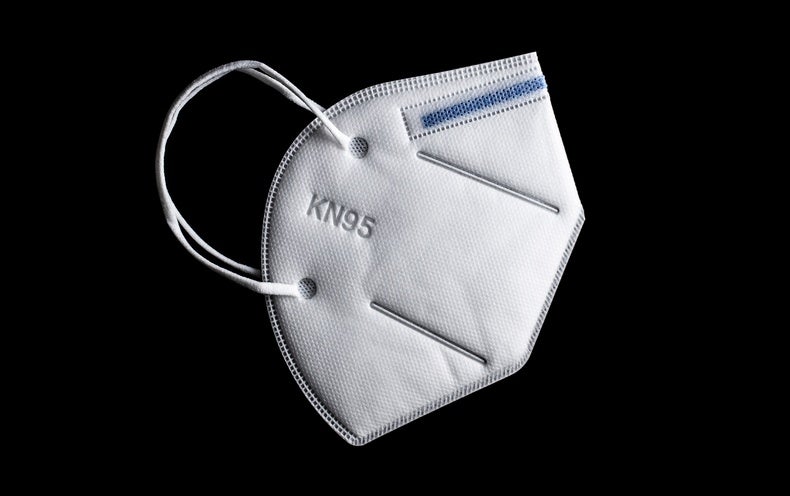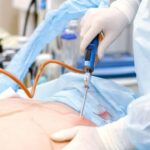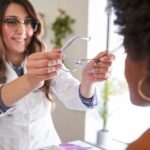
Masks With The KN95 Designation Can Be Used For Face Masks
Though some face masks claim to satisfy KN95 standards, they often provide insufficient protection and are likely to be low-quality or counterfeit products accompanied by phoney or dishonest documentation. Some people refer to these masks as “filtering facepiece respirators” when referring to the facepiece.
It is imperative to act
Health and Safety Executive (HSE) approval must be obtained before KN95 can be used as personal protective equipment in the workplace, which serves as a market surveillance authority.

Any masks that aren’t CE-labeled and can’t prove compliance should be yanked off the market right away. We cannot be sure that these masks will reduce health risks for everyone who uses them or purchases them without undergoing the necessary safety tests. So, they may not be able to defend you or your loved ones in the way you expect.
A KN95 mask is superior to a cotton or surgical face mask in many ways.
Despite the fact that various face masks can help reduce the spread of the virus among people, they can only give limited protection to the wearer. For the user, KN95 masks made in USA provide more protection and also helps to minimise the spread of the virus from the wearer.
Will a KN95 shield me against COVID-19 exposure in a lab setting?
If you’re exposed to the virus while wearing a KN95, your chances of developing COVID-19 are reduced. If you’re not wearing a surgical or fabric mask, you’re more likely to be exempt from strict self-isolation and quarantine regulations.
Are the KN95 and N95 the same thing?
There are no negative-pressure respirator rules for a KN95 mask because it has not been certified by the National Institute of Occupational Safety and Health (OSHA). Because of this, OSHA does not need a person to be “fit tested” before they can wear a KN95. No one should use a KN95 mask in places that require a fit-tested N95 mask since a KN95 has not been fit tested (for example, in clinical areas or for certain medical procedures).
KN95 isn’t working properly. What should you do?
- Keep your hands clean before and after using KN95 to avoid infection.
- Fold your mask in half and flatten the nose clip on your inside cheek.
- Place the mask over your face with the nosepiece looking upward and the bottom of the mask underneath your chin.
- Strap the mask to your ears and secure it in place.
- The metal nose clip can be moulded to your nose’s shape by adjusting the clip with the fingers of both hands.
- Limit airflow around the mask by making any necessary modifications to the fit.
The KN95’s ability to form a tight seal around your face is compromised if you have excessive facial hair (growth that lasts more than three days). Because of this, it is imperative that you do not have any significant facial hair on the areas of your face that will come into contact with the KN95.
Before putting on your face mask, wash your glasses with soapy water and brush off any excess water (wipe off nose piece to minimise skin irritation).
What is the difference between the KN95 and the N95?
The Centers for Disease Control and Prevention (CDC) recommended that N95s be kept on hand for usage by medical professionals because to the COVID-19 pandemic.
A KN95 mask not only shields you from the virus, but it also reduces the risk of the infection spreading from the person wearing it. You’re less likely to get the virus if you’re in close contact with someone who tested positive for COVID-19 while wearing one.





